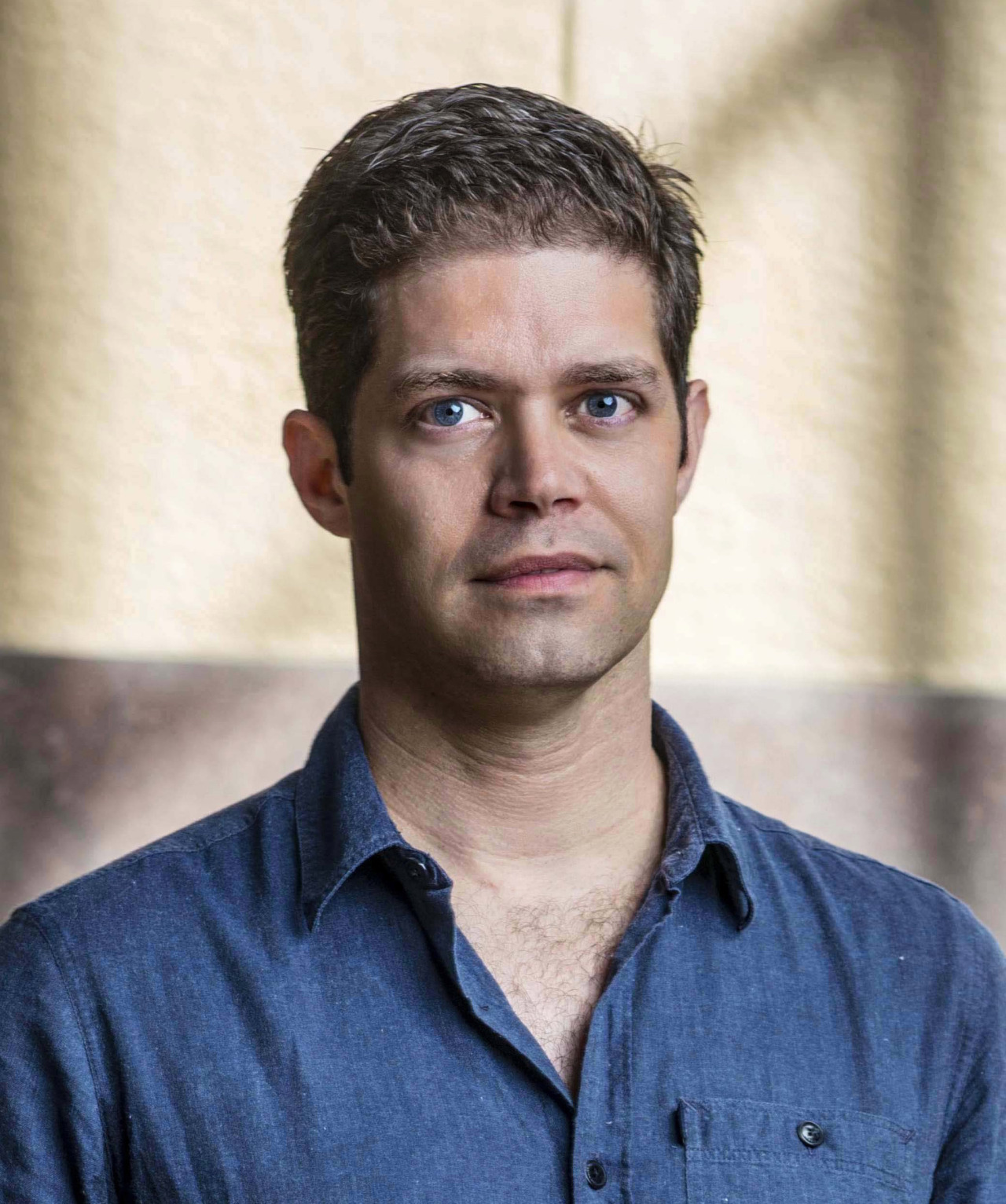
Kieran O‘Hare my proofreader and sub-editor since issue No11 and has been hugely helpful in improving the overall quality of Offscreen’s writing. I asked him some questions about working on Offscreen and his many talents, one of which is publishing a magazine himself.
Kai: Who are you and what do you do when you’re not working on Offscreen?
Kieran: My name is Kieran O’Hare. I currently live in the northeastern U.S. in Portland, Maine. I have fallen (pleasantly!) into the role of copy-editor and sub-editor of Offscreen. When I’m not buried in an endless Google Doc with you, I lead a sort of double existence as a musician and an independent magazine publisher.
On the musical side, I work around the world in music performance, as well as musical design and artistic direction for the stage. I play Irish traditional music on an instrument called the uilleann pipes, which is the uniquely Irish form of bagpipes, and I serve on the Board of Directors of an organization in Dublin called Na Píobairí Uilleann, which works for the preservation and spread of the uilleann pipes. I’m typing this from an airport in Baltimore, as I’m making my way home from recording a second album in Chicago with my trio, Open the Door for Three.
While being a professional piper might be enough of a kamikaze mission in itself, I recently co-founded a brand new quarterly print magazine about Irish culture and people at home and around the world, called Éirways. I and my partner, designer Kevin O’Brien, just launched our first issue, and it’s going very well so far. It’s been an exciting and very fulfilling process. I’m already buried working on Issue #2, which we plan to launch around October 1.
What apps and tools could you not live without?
I’m fairly basic when it comes to technology, but I’ll try anything to see if it simplifies things for me. My basic arsenal on the road is my 11” MacBook Air, an iPad (with the White Noise app to make hotels bearable), and an iPhone. Pages, Skype, Facetime, and Gmail are constantly open and often in use. Squarespace – surprise, surprise – is the home for Éirways magazine. Thanks to you, Google Docs is always there too. Oh, and pens. I like pens. Lots of them. And paper: the good stuff.
Print is dead. Comment?
Print is alive, well, growing in new and surprising ways, and thriving. Print fills a void that the digital world can’t, and often, it can fill a void that the digital world causes.
I’ll excerpt my editor’s letter from Issue #1 of my magazine, Éirways:
Éirways is a print-only magazine about Ireland, its culture, and its people at home and around the world. As editor, my goal is to create a magazine that broadens perspectives about Ireland and forges new connections between those who live in Ireland, those who leave Ireland, and those who love Ireland.
We have chosen to do this through print, a medium which some have already declared to be moribund. But we have been inspired by a new wave of independent magazine publishers around the world who work hard to prove that the breath of print can do more than fog a mirror. Print can be the vehicle by which we retake for ourselves the quiet contemplation and pure enjoyment of learning about the world around us.
We are bombarded and overwhelmed with electronic ‘content’. It is fleeting, fast-moving, and ultimately transient. How calming and pleasant it is to handle a beautiful magazine: media that we choose to welcome into our lives. We can handle it, touch it, feel it, smell it. When the latest website has receded into the digital din, a magazine is always right there where you last put it down…”
What’s your favourite thing on the internet this week?
I honestly haven’t been that plugged in this week. I returned to the States from Dublin one week ago, was home for two days, went to Chicago, played a concert at The Art Institute of Chicago, hung out with my brother Sean and his wife, went into the studio and mixed an album for three days, and now I’m going home. I have a novel to read on the plane, and I have to say the relative lack of internet has been, dare I say, blissful?
If you could pick any person to have a long dinner conversation with, who would it be?
Any one of the amazing photographers, artists, writers, or profile subjects I’ve had the honour of working with for Éirways magazine. It’s been an absolute privilege to be able to forge new connections with people that I wouldn’t have met had it not been for my foray into the world of print magazine-making.
Please complete: Working with me is ___!?
Germanic. Hard. Easy. An honour: you are one of the hardest working people I’ve ever met, and are truly an inspirational figure in the world of independent magazine publishing. I was a fan of Offscreen long before I made contact with you, and it’s an absolute pleasure to work with you now!
Well said. ;) Thanks Kieran! You’ve done a wonderful job with issue 11! Can’t wait to dive into the next bottomless Google Doc with you.
Photo by Earl Richardson


